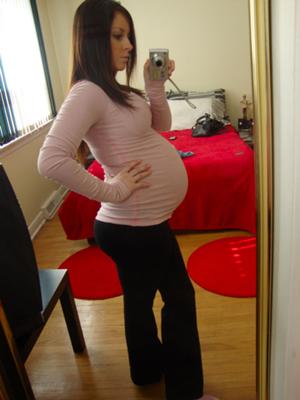
But we just need to be aware that yes, this can happen also with a frozen embryo. That is one of the potential side effects of IVF, even if patients are happy to have twins. But overall, yes, an embryo can split, and that is why when we counsel the patients before starting an IVF or frozen cycle, we always say that there is still a risk of multiple pregnancy. In the past, there’s been some evidence, but very low evidence, that if we did assisted hatching (we used to create a little hole in the shell of the embryo to help the embryo implant), there was an increased risk of twins.īut nowadays, I think assisted hatching is no longer performed, because it’s on the red list, at least in the United Kingdom from the Human Fertility and Embryology Authority, because it doesn’t really improve the chances, and it might in fact create damage. That is the same in a fresh and a frozen cycle. Normally, the chance of an embryo splitting and giving identical twins is around 8-10 percent. However, if we put only one embryo and it splits, it will be monochorionic, which is a higher risk of twins and you will be under the guidance of a fetal medicine specialist.Īny embryo can split into twins or even triplets. If we are putting two separate embryos, it will be dichorionic (or dizygotic). So you can end up with twins and in that case, it’s going to be a monochorionic twin. However, we always discuss a remote possibility of this embryo splitting into two. So yes, in 99% you can have a singleton pregnancy. In the consultation regarding how many embryos we should put if you really have a major ‘no’ regarding having twins (because, for example, you already have 1 or 2 children) and insist on having only one embryo, that’s very well, it’s your decision. So they are not sharing the same placenta because they are different – and we know that we have put two embryos.

However, if we transfer two embryos and then you get a twin pregnancy, this is dizygotic. Obviously, the blastocyst can split: day 3 embryos evolving into day 5 embryos can split. It is not related to the fact of having an IVF or any other ART treatments.Ī straight answer is: yes. If the division takes place after these initial steps of the pregnancy, the embryos can be in different sacs in the same placenta, and in very strange circumstances, they may even have two sacs and two placentas, and in an extreme situation, it could be the Siamese twins in which the embryos are still linked by the belly, brain or something like that.Īs I’ve said before, that’s something that can happen in any case. This is something that happens after the embryo has been transferred.ĭepending on when this division takes place, you may have babies that are identical with the same placenta and the same sac. That is very uncommon, and probably we see it twice or three times a year at the most. I remember a case in which we had a single embryo transfer, and the patient got pregnant with identical triplets. A single embryo can split in two and even three.

This is something that has nothing to do with the treatments.


 0 kommentar(er)
0 kommentar(er)
